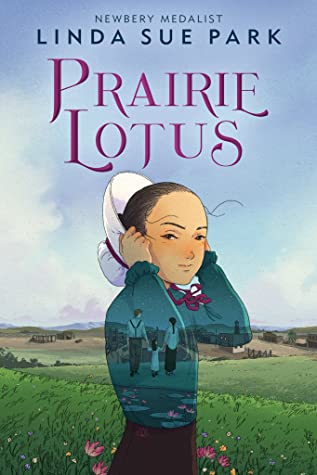Prairie Lotus

Prairie Lotus, written by Linda Sue Park, tells the story of Hanna, a girl who is half-Chinese and living on the American frontier in 1880. Hanna and her father settle in LaForge, hoping to set up a Dress Goods shop in the growing town. Hanna dreams of attending school and eventually becoming a dressmaker in the community. However, she soon faces discrimination. Other families pull their children from her school, objecting to Hanna's presence. She faces microaggressions and harassment in her everyday life. Even townsfolk who are moderately accepting refuse to overtly challenge the discrimination she faces. Despite these circumstances, Hanna persists in her dream and carves out a space for herself in an forgiving landscape.

Hanna's voice is a welcome one that challenges traditional stories of the American frontier. For instance, Laura Ingalls Wilder's Little House series often featured references to Indigenous people that were stereotypical and offensive. These views are challenged in Prairie Lotus as Hanna meets an Indigenous family and later questions the unjust laws the white settlers use to marginalize Indigenous people. Hanna is an outsider and her perspective offers a vital counterpoint to the often romanticized view of settling the frontier.
Linda Sue Park chose to write this book to demonstrate this counter-narrative. She says that "the dearth of stories centered on the struggles and contributions of people of color has resulted in the pervasive, harmful, and sometimes even deadly attitude that we are not as fully human as whites. Those stories are of vital importance to every single one of us living in this country. To ignore them is an incalculable loss, because learning their truths makes us stronger and more capable of facing the challenges in our communities."
While Prairie Lotus is set in America, these messages are important in Canada. For instance, recently the Alberta draft social studies curriculum was criticized for positioning whiteness and Christianity as the norm, while omitting and misrepresenting Asian Canadian history. Narratives that focus on a narrow and white view of Canadian history are a significant problem. There is a real need to pair the story told in Prairie Lotus with Asian Canadian history in order to better understand Asian contributions and struggles in historic and contemporary Canada.
